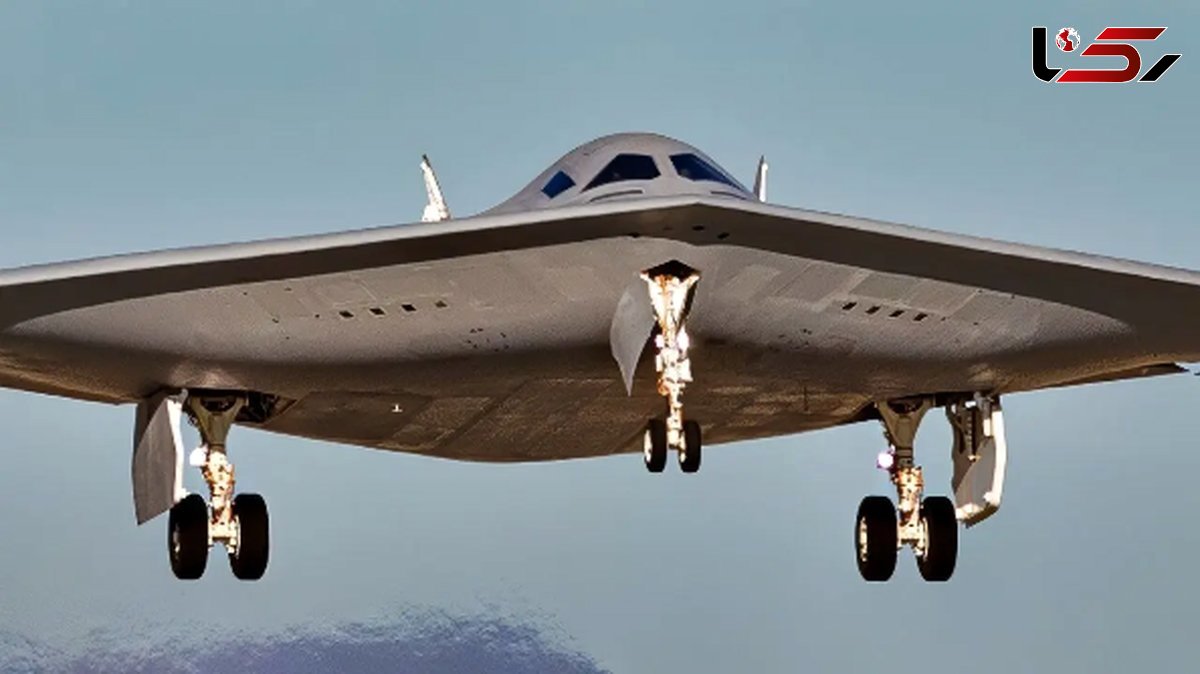B-21 Raider Bomber: Flagship of Aerospace Technology
Rokna Political Desk: This bomber, described as the “backbone of America’s future bomber fleet,” is set to gradually replace the B-1 Lancer and B-2 Spirit bombers.

The U.S. Air Force has launched the flight testing phase for the second sixth-generation strategic bomber, the B-21 Raider. Designed to replace the B-1 and B-2 bombers, this aircraft features advanced stealth systems, a lighter airframe, and artificial intelligence technologies, and is set to play a central role in both the United States’ nuclear and conventional strategies.
According to Rokna, on September 11, 2025, the second B-21 Raider took to the skies at Edwards Air Force Base, California, joining the U.S. Air Force’s flight testing campaign. The deployment of this aircraft enables the expansion of mission system testing and weapons integration, moving the program closer to operational readiness.
Referred to as the “backbone of America’s future bomber fleet,” the B-21 is expected to gradually replace the B-1 Lancer and B-2 Spirit bombers. Published specifications indicate that the B-21 is smaller and lighter than its predecessor, the B-2. Its wingspan measures approximately 140 feet (42 meters), compared to the B-2’s 172 feet, representing a significant reduction. The aircraft’s takeoff weight is estimated at around 260,000 pounds, considerably lower than the B-2’s 336,000 pounds.
The reduced airframe dimensions, combined with compact wing air intakes, contribute to a lower radar cross-section and improved fuel efficiency.
A key feature of the B-21 is its open architecture and AI-based processors, which allow for rapid software and system upgrades. This architecture enables the aircraft, in addition to its bombing mission, to function as a “flying command node,” capable of controlling a network of drones and other combat systems.
Send Comments